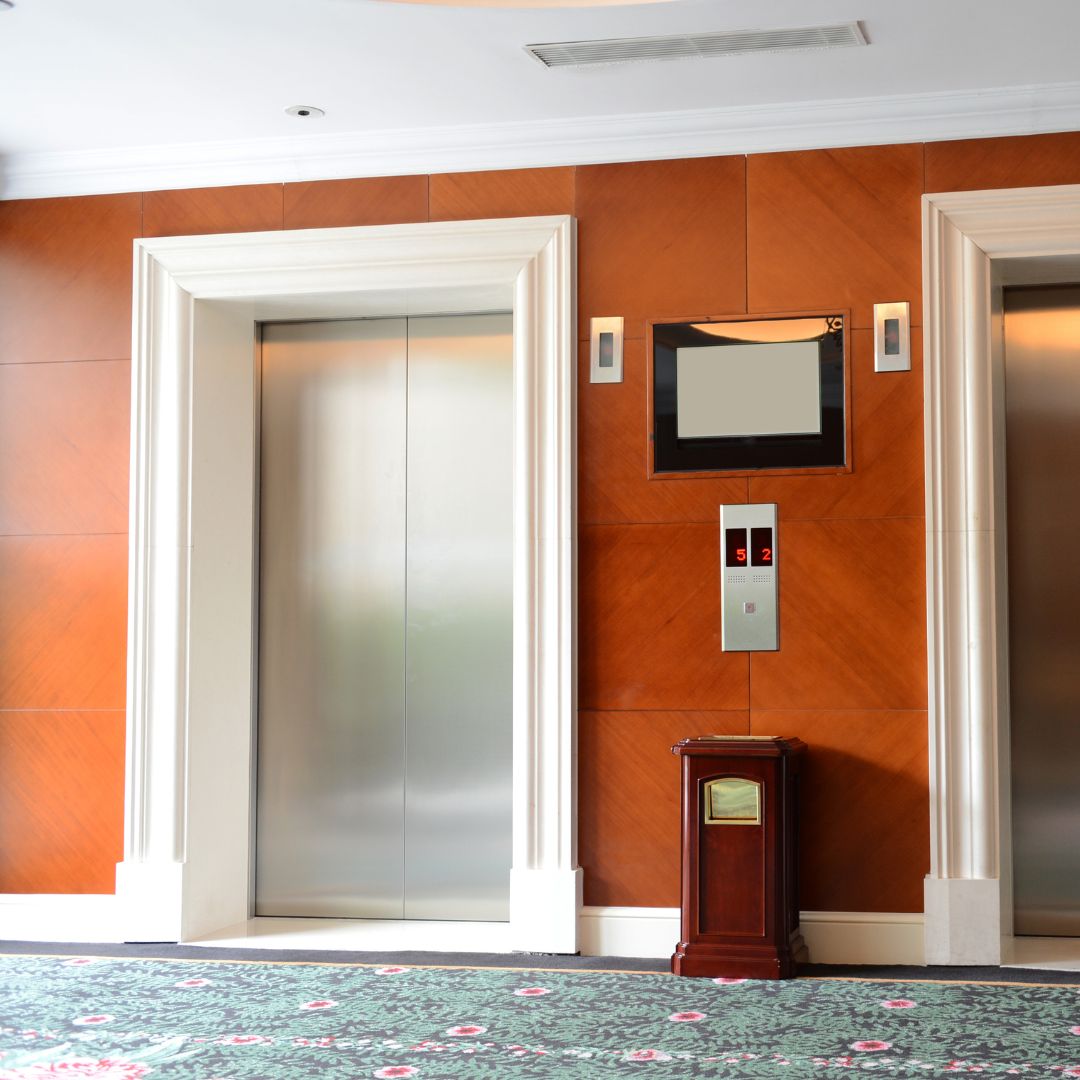Residential Lift
Residential lifts, also known as home elevators, are designed to provide seamless vertical transportation within private homes.
Introduction Residential lifts, also known as home elevators, are designed to provide seamless vertical transportation within private homes. These lifts enhance accessibility for individuals with mobility challenges, add convenience for moving items between floors, and increase the overall value and luxury of the property. With a variety of designs and technologies available, residential lifts can be tailored to meet the unique needs and aesthetics of any home.
Types of Residential Lifts
- Hydraulic Residential Lifts: Utilize a hydraulic ram and fluid to move the cab. Known for their smooth and quiet operation, they are ideal for homes where noise reduction is important.
- Traction Residential Lifts: Operate using ropes or belts and a counterweight system, similar to commercial elevators. These lifts are energy-efficient and suitable for multi-story homes.
- Pneumatic Vacuum Lifts: Use air pressure to move the cab within a cylindrical shaft. These lifts are compact and require minimal structural modifications, making them perfect for homes with limited space.
- Machine Room-Less (MRL) Residential Lifts: Contain all necessary machinery within the shaft, eliminating the need for a separate machine room. This design saves space and offers greater installation flexibility.
Key Features of Residential Lifts
- Compact and Customizable Design: Designed to fit seamlessly within the architectural constraints of a home, with various customizable options for materials, finishes, and lighting to match the home’s décor.
- Quiet Operation: Engineered to operate with minimal noise to avoid disrupting the household.
- Safety and Accessibility: Equipped with features such as emergency stop buttons, backup power, non-slip flooring, and user-friendly controls to ensure safety and ease of use for all family members.
- Energy Efficiency: Many residential lifts are designed to be energy-efficient, reducing electricity consumption and operational costs.
Advantages of Residential Lifts
- Enhanced Accessibility: Provides safe and convenient access to all floors for elderly individuals and those with mobility issues.
- Increased Convenience: Simplifies the task of carrying heavy items, such as groceries or laundry, between floors.
- Added Property Value: Incorporating a residential lift can significantly increase the market value and appeal of a home.
- Modern Aesthetics: Offers a stylish and contemporary addition to any home, enhancing its overall design and functionality.
Applications
- Private Residences: Ideal for multi-story homes, making them accessible and convenient for all residents.
- Townhouses and Duplexes: Suitable for homes with more than one floor where space and accessibility are important.
- Retirement Homes: Ensures that elderly residents can navigate between floors without difficulty.
- Luxury Homes: Adds an element of luxury and modern convenience to high-end properties.
Safety Features
- Emergency Stop and Alarm: Allows passengers to stop the lift and signal for help in case of an emergency.
- Battery Backup: Ensures the lift can continue to operate or return to the nearest floor during a power outage.
- Door Sensors: Prevents the lift from operating if the doors are not properly closed.
- Intercom System: Facilitates communication with other areas of the home or emergency services if needed.
- Smooth Start and Stop: Reduces the risk of jolts or sudden movements that could cause injury.
Maintenance and Inspection Regular maintenance and inspections are essential to ensure the safe and efficient operation of residential lifts. Key maintenance activities include:
- Routine Mechanical Inspections: Checking the condition of motors, pulleys, and other mechanical components.
- Safety Tests: Verifying the functionality of emergency stop buttons, door sensors, and backup power systems.
- Lubrication and Cleaning: Ensuring all moving parts are well-lubricated and free from debris.
- Control System Updates: Keeping software and control systems up-to-date for optimal performance.
Conclusion Residential lifts are a practical and stylish solution for improving accessibility and convenience in multi-story homes. With a range of types and customizable features, they can be tailored to fit the specific needs and aesthetics of any residence. Regular maintenance and safety checks are crucial to ensure their reliable and safe operation, making residential lifts a valuable addition to modern living.
